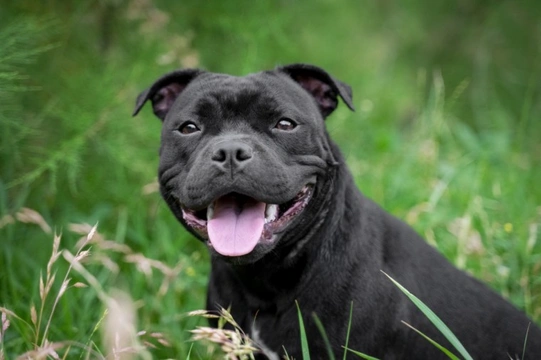
Breed-specific legislation in Ireland – what dog owners visiting from the UK need to know
Most dog owners in the UK know that there are some breeds and types of dogs that are illegal to own in the UK, under the remit of a legal act known as the Dangerous Dogs Act.
This piece of legislation is highly contentious and very polarizing, as a great many people from all walks of life feel that no dog, regardless of breed, is inherently dangerous, and dogs only become so due to their training or handling.
Not everyone knows too that the Dangerous Dogs Act doesn’t just forbid the ownership of four specific dog breeds either, but it also mandates how people who owns dogs of any type are supposed to manage them legally, such as by keeping them under control and not permitting them to cause harm, and various other factors.
Any dog, regardless of breed, can be subject to the remit of the Dangerous Dogs Act, and their owners prosecuted if they fall foul of it.
The state of play in the UK is of course unique, and only applies to our own shores; and a great many other countries also have their own specific legislation surrounding dogs, control of dogs, and dog breeds, many of which are vastly different to our own.
In some countries such as Ireland, the ownership of many dog breeds that are hugely common, popular and generally well regarded here in the UK is specifically controlled – which means that whilst ownership of said breeds is legally permitted, there are special caveats placed on who can handle such dogs in public, and how they must be managed.
Ireland is of course a country that many people from the UK visit regularly, and we do of course share a land border with Ireland too, which some Pets4Homes readers might potentially cross on a daily basis!
Ergo, it is a really good idea for dog owners here in the UK who might be thinking of visiting Ireland with their dogs to check out the basics of Ireland’s dog control laws as they pertain to certain specific breeds, to check if your breed is one on the control list and what this means if you visit Ireland with your dog.
Read on to learn the basics of breed-specific dog control legislation in Ireland.
What law governs breed-specific dog control legislation in Ireland?
The law that outlines the rules and regulations for the control of certain dog breeds specifically and not others in Ireland is called The Control of Dogs Regulations (1998) in the Irish Statute Book.
As a whole, this is a dog control law that covers a wide range of different aspects of dog ownership and dog control, and does not just relate specifically to the law as it applies to certain dog breeds.
The same law mandates the need for all dogs to display ID, and for owners to clean up when their dog fouls.
What dog breeds are subject to specific control legislation in Ireland?
There are eleven dog breeds subject to specific control legislation in Ireland that is not applied to other dogs. These breeds are:
- The American pit bull terrier (illegal to own in the UK)
- The English bull terrier
- The Staffordshire bull terrier
- The bull mastiff
- The Dobermann pinscher
- The German shepherd
- The Rhodesian ridgeback
- The Rottweiler
- The Japanese akita
- The Japanese Tosa (Banned in the UK)
- The Bandog or Ban dog
The control legislation also applies equally to any cross-breed dog with one or more of these breeds in their ancestry.
What are the rules for the owners of dogs of these breeds?
First of all, it is not illegal to own, buy, sell or breed any of the above dog breeds, or cross breeds of them. Interestingly, this means that two dog breeds that are banned in the UK and that most of us have never seen in the flesh as a result are legal to own in Ireland, with some caveats to controlling them along with the nine other breeds on the list.
Another interesting thing to note is that the remaining two dog breeds that are also banned in the UK aren’t subject to any control or ownership restrictions in Ireland at all!
So, what do owners of the above breeds who are subject to control legislation have to do:
- Only a person aged 16 years or over and who is capable of controlling the dog is permitted to handle them.
- They must be kept on a strong, short lead at all times when in public (a lead of under two metres in length).
- The dogs must be securely muzzled when in public.
- They must wear a collar with the name and address of their owner displayed on it.
The above stipulation regarding a collar displaying identification applies to all dogs in Ireland. You are also required to hold a licence to own a dog of any type in Ireland, and your dog must be microchipped too, regardless of the type of dog you own.
As you can see, this places a lot of fairly major restrictions on how some popular dog breeds can be owned and managed in Ireland, which are very different to how things are managed in the UK.
Whether or not this legislation is useful or effective at keeping people safe, however, is no clearer than it is in the UK – and just as contentious!



